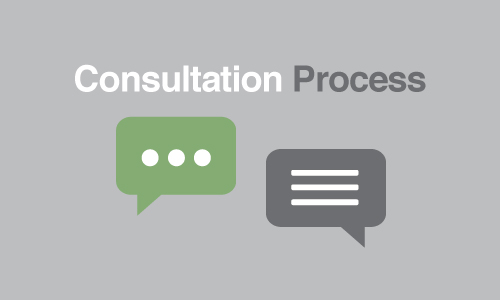There are many reasons that purchasing a custom piece of machinery makes sense. From lower ongoing costs to higher end-product quality to safety and more, we recently discussed some of the reasons for and benefits of picking customized machinery over a standard piece of equipment here. Today, however, we would like to turn our attention to the selection and buying process.
Understanding the Buying Process for Custom Machinery
As the name implies, custom machinery is built specifically for your company and its processes. While this presents many benefits, it also creates a different sales process compared to that of standard equipment. With standard equipment, you get what’s available and what comes closest to meeting your needs at a price range you specify.
With custom manufacturing equipment, you get the exact equipment you need. Of course, in order to make this happen, there are a few more steps to the process.
Requesting a Quote and The Initial Call
Much like the standard equipment buying process, the path to purchase for a piece of customized machinery starts with an early, high-level overview of your needs—the request for quote and initial call.
The early-phase discussions are often simple—both parties get to know a bit about the other side, discuss history, needs, specs, and more—all to see if there is a potential fit between the seller and the buyer. During this initial call, you will discuss the basics of your business and product, the manufacturing processes you currently have in place, what you need to accomplish with the machinery, product footprint, energy and heat source needs, and other must-know information.
Example: The Oven and Dryer Needs Assessment Process
At The CMM Group, we work in many industries, provide many different types of custom machinery, and are able to handle the process heat application needs of companies around the world. In our most recent guide, Five Steps to Selecting and Installing an Industrial Oven or Dryer, we documented the twelve things you will need to discuss with your oven or dryer manufacturer during the initial call.
Whether you are buying a standard piece of equipment or custom machinery, your manufacturer will expect the following pieces of information:
- A description of the product to be cured, baked or dried.
- Maximum/minimum product width and expected line speed.
- Maximum/minimum operating and/or product temperatures.
- Anticipated length of oven/dryer and number of temperature zones.
- Special requirements such as food grade, clean room conditions, etc.
- A description of the substance to be evaporated (solvent, water, etc.).
- Materials of construction (stainless steel, carbon steel, etc.).
- Specify a desired heat source (natural gas, propane, fuel oil, electric, etc.)
- Electrical power requirements (voltage, hertz, phase).
- Installation supervision or complete turnkey installation requirements.
- Physical installation area and/or site limitations.
- Production uses for energy that could be recovered (i.e., hot air, steam, hot oil, hot water).
Often, this is the extent of the standard machinery buying process. With your basic needs discussed, your salesperson will recommend the products that best match your needs and move to close. Small adjustments can be made to a piece of standard equipment, but very few significant changes can be made. However, this is where the custom machinery buying process begins.
The Site Visit
With your needs documented, your custom machinery manufacturer will begin to design potential options for your business that will be discussed during the site visit. The site visit is an important step in the process, as it will allow your custom equipment manufacturer to understand their role in designing and installing a product.
Photos will be taken, locations and product footprints documented; inputs, outputs, and fuel sources will be considered—all of this to allow your custom equipment manufacturer to design a product to your exact specifications.
Engineering and Design Meetings
With the on-site visit completed and much of the investigative work done, the final step in the process is in place to ensure that a product completely matches your needs. The final step before a custom equipment manufacturer builds your product and discusses installation options, the engineering and design meetings finalize the product.
In these meetings, the engineering and design teams will get a chance to discuss the final notes, layouts, designs, and concepts with the end user before the build is completed.
Conclusion
The equipment buying process is challenging. Whether you’re getting an oven, dryer, VOC abatement solution or other piece of manufacturing equipment, you are relying on vendor credibility. From the RFQ to the design and engineering meetings, communication is critical throughout the process to ensure that you are getting exactly what you need.
Custom equipment solutions provide many benefits over standard pieces of equipment, and while the buying process may be slightly longer, it ultimately results in a product that can meet your exact needs—now and in the future. Whether you need a pollution control solution, an oven or dryer, or you have a very specific product in mind, The CMM Group has been there and done that.
The CMM Group specializes in delivering custom equipment solutions for an array of industries, including manufacturing, food processing, and many more. Get in touch with us by giving us a call or by filling out our online contact form today.




